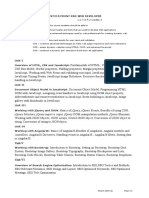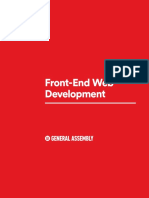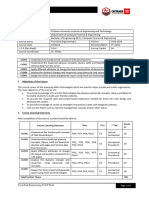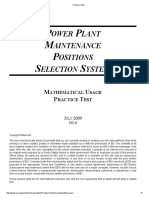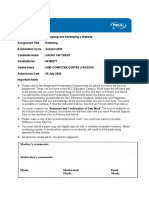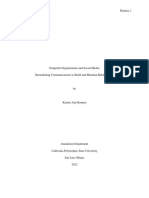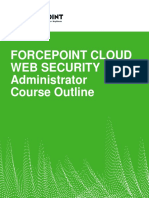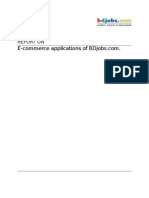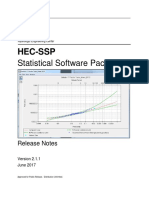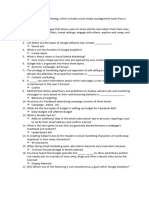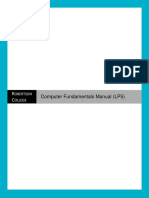0% found this document useful (0 votes)
56 views5 pagesFDP Syllabus
The FDP (Frontend Development Professional) course aims to transform beginners into proficient frontend developers by teaching essential skills in web technologies, including HTML, CSS, JavaScript, and React.js. Students will learn to build responsive and interactive websites, develop problem-solving skills, and work with modern tools like Git and NPM, culminating in a full-stack project. By the end of the course, participants will be job-ready with a strong portfolio and the ability to create scalable web applications.
Uploaded by
whhejeehgegeCopyright
© © All Rights Reserved
We take content rights seriously. If you suspect this is your content, claim it here.
Available Formats
Download as PDF, TXT or read online on Scribd
0% found this document useful (0 votes)
56 views5 pagesFDP Syllabus
The FDP (Frontend Development Professional) course aims to transform beginners into proficient frontend developers by teaching essential skills in web technologies, including HTML, CSS, JavaScript, and React.js. Students will learn to build responsive and interactive websites, develop problem-solving skills, and work with modern tools like Git and NPM, culminating in a full-stack project. By the end of the course, participants will be job-ready with a strong portfolio and the ability to create scalable web applications.
Uploaded by
whhejeehgegeCopyright
© © All Rights Reserved
We take content rights seriously. If you suspect this is your content, claim it here.
Available Formats
Download as PDF, TXT or read online on Scribd
/ 5







